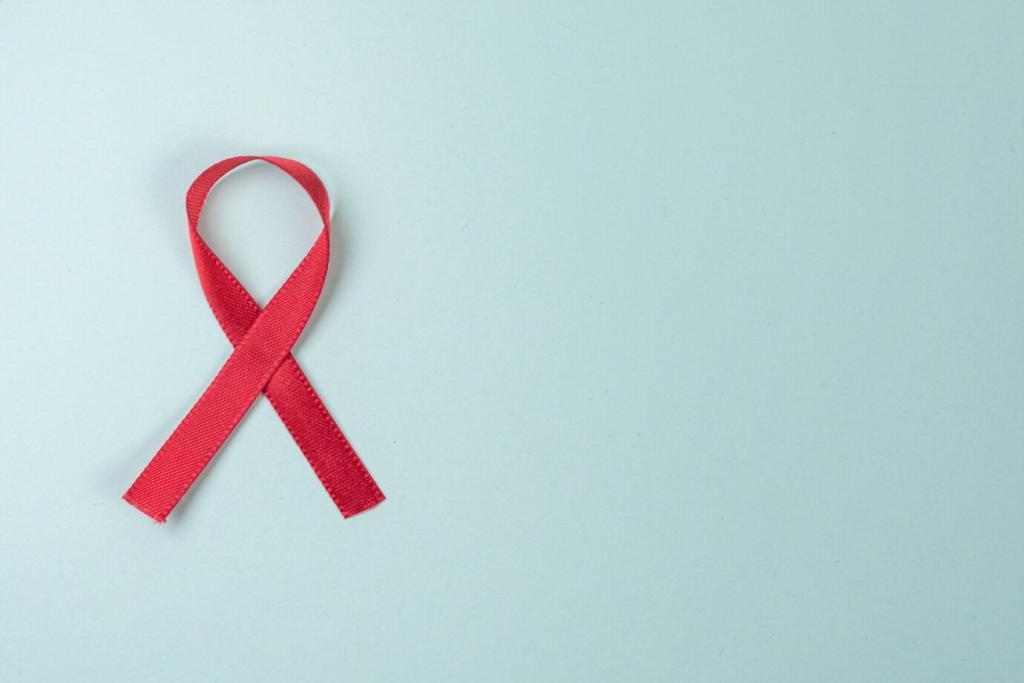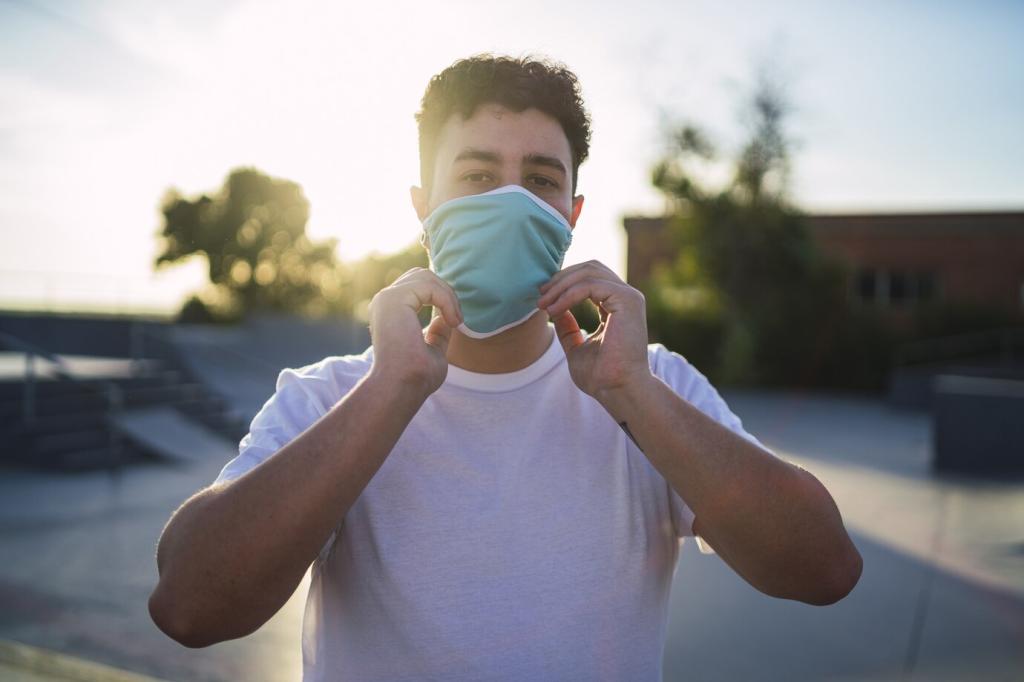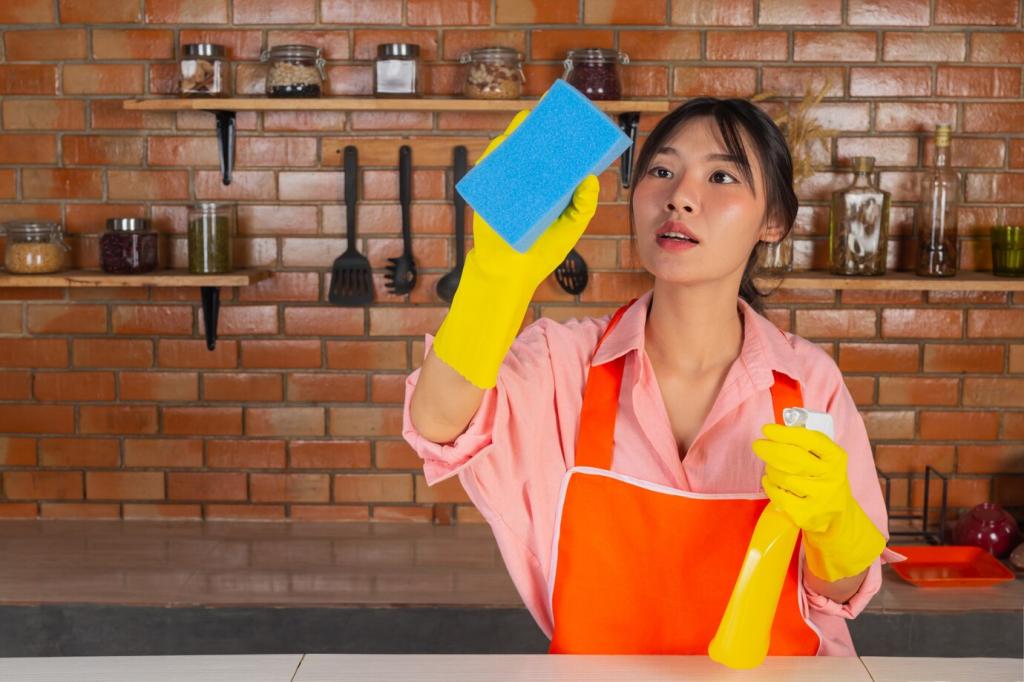Why Choose Organic Stain Removers for Furniture
Many conventional cleaners release VOCs that linger in fabrics and finishes. Organic stain removers reduce unnecessary chemical exposure, helping sensitive households—especially children and pets—feel more comfortable. Tell us if switching to vinegar, soap, and baking soda made the room smell fresher for you.
Why Choose Organic Stain Removers for Furniture
Natural acids and mild alkalis target residues without stripping finishes. Acetic acid in white vinegar loosens mineral and tannin stains; baking soda lifts odors and discoloration. Share which delicate surface you rescued using an organic method, and how it held up weeks later.





